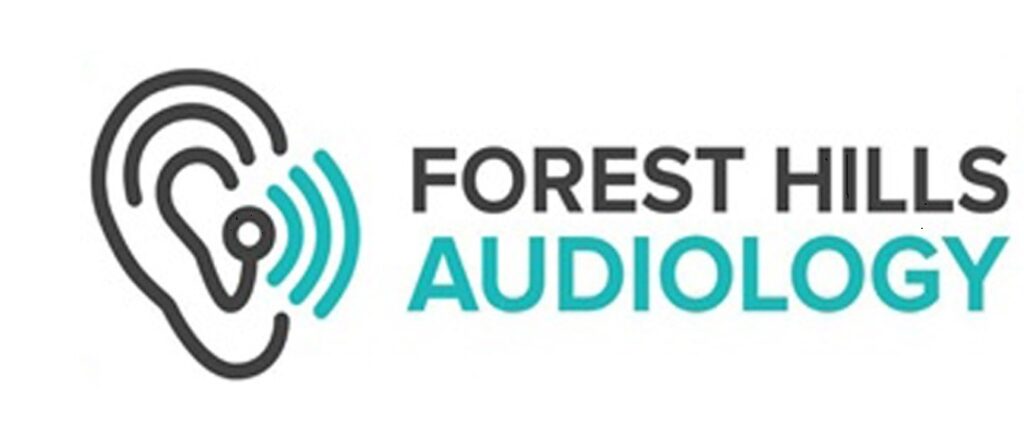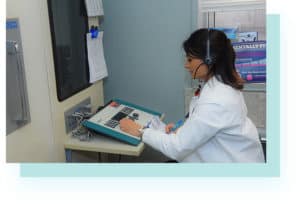Noise-Induced Hearing Loss (NIHL) is a condition resulting from exposure to loud noises that can harm the delicate structures of the inner ear, leading to hearing damage or permanent hearing loss. It is a significant occupational hazard, affecting millions of workers worldwide. NIHL can cause permanent hearing loss and affect the quality of life, making it essential to understand the causes and prevention measures.
What Causes Hearing Loss?
NIHL is caused by prolonged exposure to loud noises, such as machinery, power tools, and loud music. The damage occurs in the hair cells in the inner ear responsible for transmitting sound signals to the brain. When these hair cells are exposed to loud noises, they can become damaged, leading to hearing loss. Additionally, noise-induced hearing loss can be caused by a single exposure to extremely loud noise, such as an explosion or gunshot. However, the majority of cases occur due to continuous exposure to loud noises over a period of time.
What Are the Symptoms of NIHL?
The symptoms of NIHL vary depending on the severity of the hearing loss. Some common symptoms include:
- Difficulty understanding speech, particularly in noisy environments
- Ringing in the ears (tinnitus)
- Muffling of sounds
- Increased sensitivity to loud noises
- Difficulty hearing high-pitched sounds
In severe cases, NIHL can lead to permanent hearing loss, making it difficult to communicate and perform daily activities.
What Are the Risk Factors for NIHL?
Certain factors can increase the risk of developing NIHL. These include:
- Intensity of the Noise: The louder the noise, the greater the risk of hearing damage. Exposure to noises above 85 decibels (dB) for an extended period can cause hearing loss.
- Duration of Exposure: The longer the duration of exposure to loud noise, the greater the risk of developing hearing loss.
- Age: As people age, the ability of the ear to hear high-frequency sounds decreases, making them more susceptible to NIHL.
- Gender: Men are more likely to develop NIHL than women.
- Genetic Factors: Some people may be more genetically predisposed to hearing loss than others.
- Other Factors: Certain medications, such as chemotherapy drugs, and diseases such as diabetes and cardiovascular disease, can increase the risk of hearing loss.
Diagnosis and Treatment of Hearing Loss
If you suspect hearing loss, seeking the advice of a qualified audiologist is essential. Through a comprehensive hearing loss test, an audiologist can accurately assess the extent of the problem and provide personalized recommendations for treatment options, such as hearing aids or cochlear implants, to improve your quality of life.
Best Practices for Preventing NIHL in the Workplace
Preventing noise-induced hearing loss requires a comprehensive approach that involves both employers and workers. Here are some best practices for preventing NIHL in the workplace:
- Conduct a noise assessment
Employers should conduct a noise assessment to identify areas where noise levels exceed 85 decibels (dB) and implement measures to reduce noise exposure. This can include using noise-reducing equipment or implementing engineering controls to reduce noise levels.
- Provide personal protective equipment (PPE)
To safeguard the hearing of workers who are exposed to loud noises, it is the responsibility of employers to provide appropriate personal protective equipment, such as earplugs or earmuffs. Workers should also be educated on the correct use and maintenance of PPE.
- Train workers on hearing conservation
Employers should provide training on hearing conservation to workers who are exposed to loud noises. This should include information on the effects of noise on hearing, how to use PPE, and the importance of regular hearing tests.
- Encourage regular hearing tests
Employers should encourage workers to get regular tests to monitor their hearing and detect any early signs of hearing loss. Hearing tests can also help identify workers who may be at higher risk of developing hearing loss.
- Implement a hearing conservation program
Employers should implement a hearing conservation program that includes regular noise assessments, providing PPE, training workers on hearing conservation, and encouraging regular hearing tests.
- Encourage breaks in quiet areas
Workers should take regular breaks in quiet areas to reduce exposure to loud noises. This can help reduce the risk of developing NIHL and improve overall health and well-being.
- Avoid exposure to loud noises outside of work
Workers should also take steps to avoid exposure to loud noises outside of work, such as attending loud concerts or using loud power tools at home. This can help reduce the overall risk of developing NIHL.
The Role of Audiologists in Preventing NIHL
Audiologists are important partners in the prevention of noise-induced hearing loss (NIHL) in the workplace. They play a crucial role in protecting the hearing of workers by providing hearing tests, recommending appropriate hearing protection, and offering education and counseling on hearing conservation.
One way that audiologists can help prevent NIHL is by providing hearing tests. These tests are essential in detecting any early signs of hearing loss and can help identify workers who may be at higher risk of developing NIHL. Regular hearing tests can also help monitor the hearing of workers and ensure that appropriate measures are taken to protect their hearing.
Another important role of audiologists in preventing NIHL is recommending appropriate hearing protection. They can provide guidance on the different types of hearing protection available, such as earplugs or earmuffs, and recommend the most suitable option based on an individual’s specific needs and the type of noise exposure. This ensures that workers have the appropriate level of hearing protection to prevent NIHL.
In addition, audiologists play a crucial role in educating and counseling workers about hearing conservation practices. They facilitate an understanding of how noise impacts hearing and emphasize the significance of protecting one’s hearing. Moreover, they offer recommendations for lifestyle modifications to mitigate the overall risk of developing NIHL, which includes limiting exposure to loud noises outside the workplace.
Audiologists can also work with employers to implement hearing conservation programs. These programs include regular noise assessments, providing PPE, training workers on hearing conservation, and encouraging regular hearing tests. By collaborating with employers, audiologists can help ensure that the workplace is safe for workers and that measures are in place to protect their hearing.
Finally, if a worker is diagnosed with hearing loss, an audiologist can provide treatment options such as hearing aids or cochlear implants to improve their hearing and quality of life. They can also offer counseling and support to help workers adjust to hearing loss and manage the emotional and social impact of the condition.


